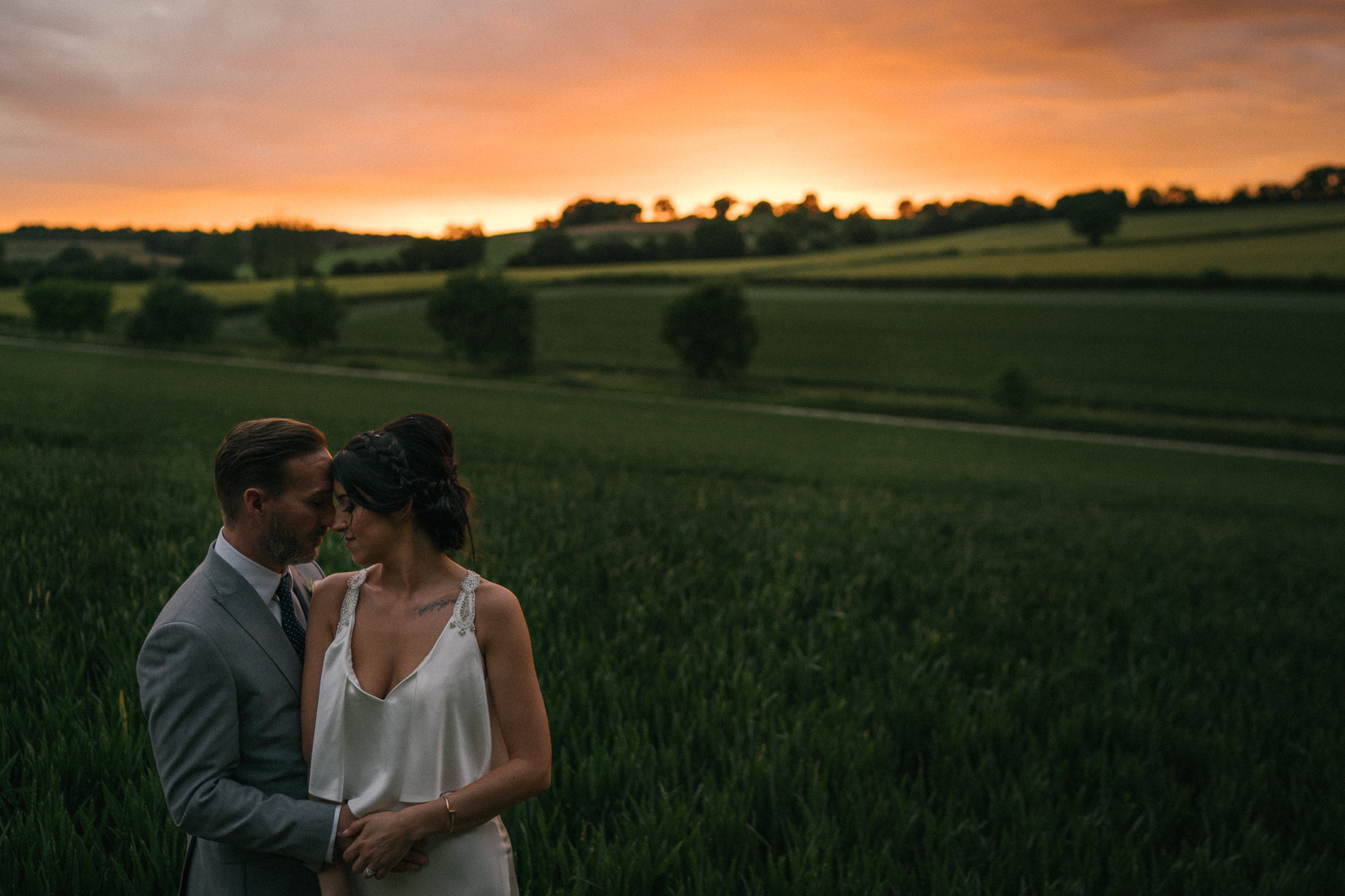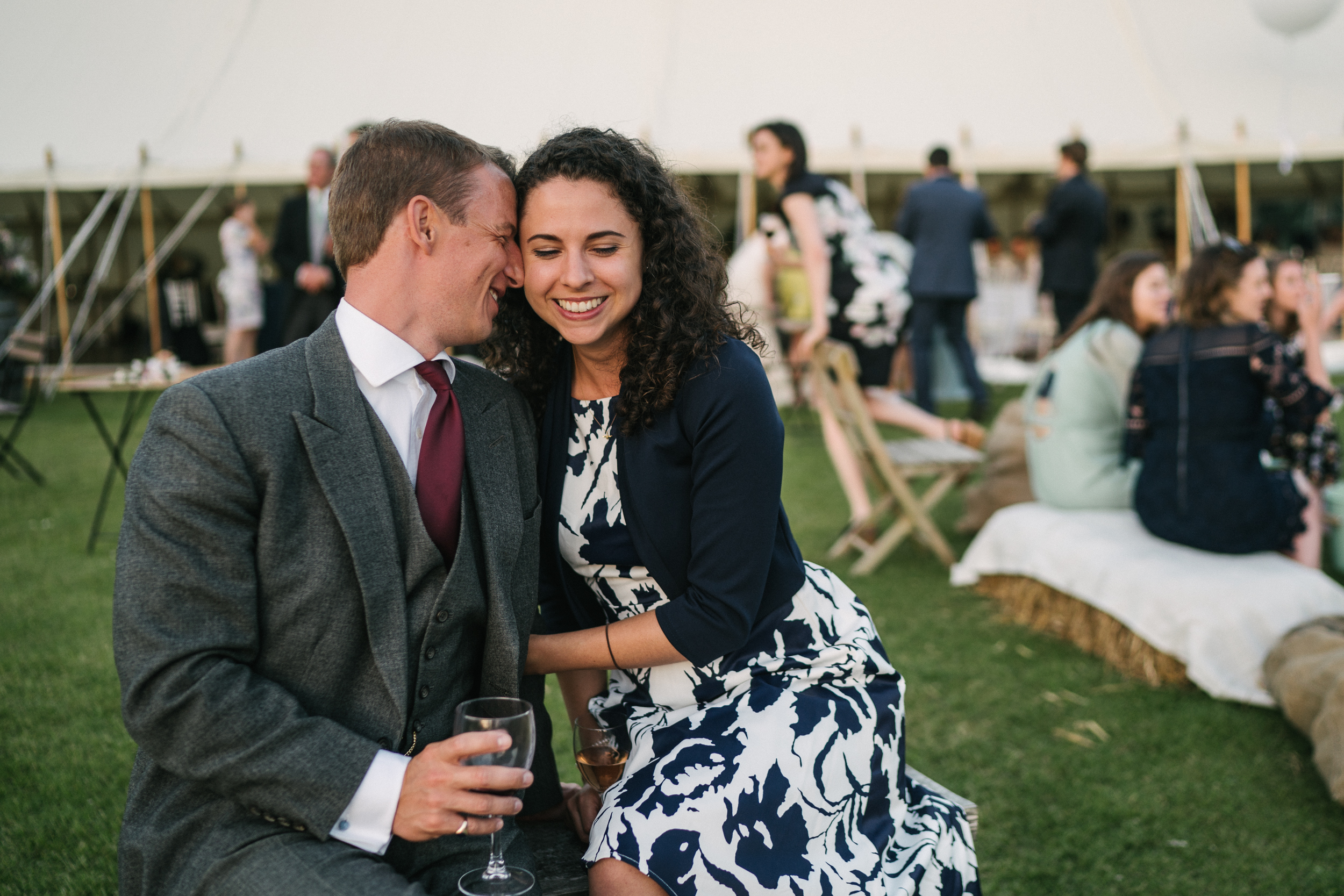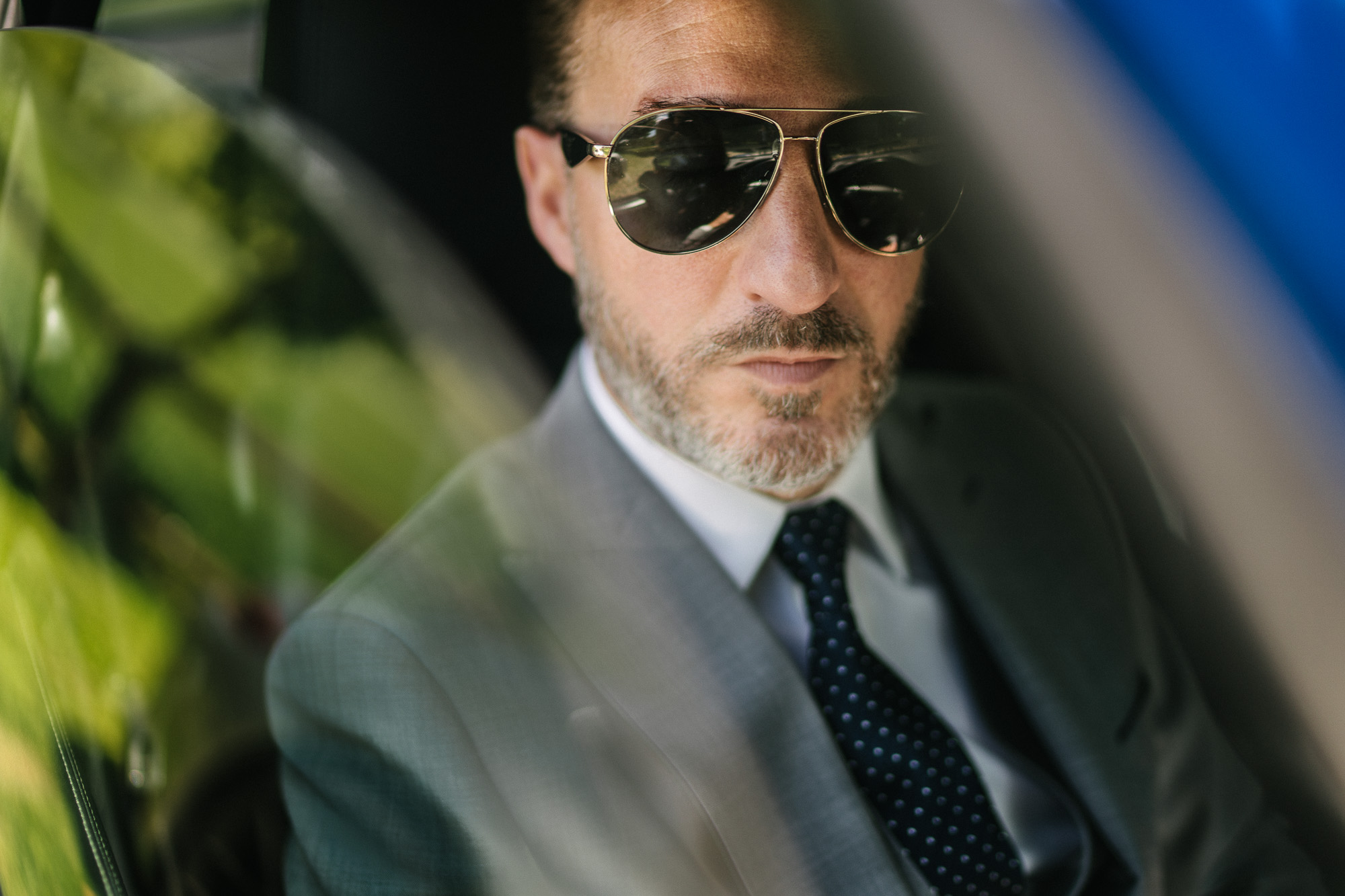Several years ago, I purchased what was my first “flagship” professional camera, my beloved Nikon D4. I loved the D4 so much that I even sprung for a second body a little while afterwards. I pretty much ran these cameras into the ground, they were total workhorses. They were solidly built and I never even had an error message. However they were becoming out of date and tired. I almost bought a Nikon D5 replace my oldest camera, however I felt the D5 would be a bit more of the same. I knew it would be a fantastic camera, but it didn’t have some of the technology advances I was really hoping for.
When Sony announced the A9, I was really intrigued, but I wasn’t sure I wanted to make the financial leap. Then on top of having my D4’s due for retirement, I had several lenses and a flash break in the same week. I knew that if I wanted to make the jump to a mirrorless system, now was the time as I already needed to invest in gear.
So I ordered the A9 with their 35mm 1.4 to decide if it was the direction I wanted to move. I was so impressed after the first wedding, that now a month later, I’ve replaced my entire Nikon kit bag and have moved over to Sony.
I’ve now shot 7 weddings with the A9 and the Sony system… so here are my thoughts:

Sony A9 ISO400 35mm f2.8 1/5000sec
EVF- Electronic View Finder
My first reaction to holding the A9 up to my eye was “holy #@$ that viewfinder!!”
I’ve been using a DSLR for at least 10 years now, and besides playing with an X100 a few years ago, I don’t have any experience with Electronic View Finders. But HOLY COW IS THIS VIEWFINDER AMAZING. It made switching back to my DSLR’s feel like stepping back in time. Electronic View Finders are the future of photography. It’s so much quicker to be able to meter and compose shots. It feels faster than using the camera’s light meter.
There’s no need for “chimp-ing” to the back of the camera to make sure your shot is bang on. That in itself is a huge win for photojournalism.
You can also review images via the viewfinder rather than just on the back of the camera. I’ve found this be especially helpful when shooting in bright conditions, it’s much easier to see detail inside the view finder than on your back of camera.

Fireworks are notoriously difficult for wedding photographers to capture as they have drastically changing lighting conditions, quickly ranging from completely blackness to super bright light. With the electronic view finder, I could instantly tell when was the right moment to shoot. I found myself nailing pretty much every firework shot from this set, which is pretty much unheard of. ISO 1600 35mm f2.8 1/80sec

Being able to see the frame considerably quicker in difficult lighting conditions makes shots like this just a bit easier.
F2.5 35mm 1/320 ISO 1600
Auto-focus
As expected, the autofocus on this camera is amazing. The tracking and the face recognition works great. And the eye tracking is amazing to work with. There’s something incredibly reassuring about having the focus being verified via the camera sensor.
Custom Buttons
Being able to customize so many buttons on this camera is awesome. Everyone shoots slightly different, and so being able to make the camera unique to you is a nice feature. It also pretty much means nobody will be able to just pick up my camera and shoot with it, but that’s life.
This is my current button set-up. I’ll probably make adjustments to it as time goes on:
C1 Face Detection
C2 “oh #@#$ things are happening!!!” custom shooting mode
C3 Shutter Type
C4 Centre Lock on autofocus
AEL Eye AF
AF-On Back Button Focus
Left ISO Auto Min. SS
Down Button Focus Area
Focus Peeking
I’m not sure how I ever lived without focus peaking before, and the additional verification that an image is in focus has helped my hit rate go through the roof.
I’ve also found that focus-peeking is the magic sauce when using a tilt-shift lens. Tilt-Shifting images is now 10x quicker and has caused me to pick up this lens in places I wouldn’t before. I’ve been keeping the tilt-shift lens now permanently attached the A7Rii (I’ll do a separate blog post on this combination soon).
Electronic Shutter
Traditional high-end DSLR’s are limited to 1/8000 of a second shutter. The electronic shutters now can pass this up to 1/32,000 of a second. This is super helpful for creating an fantastic low depth of field look in super bright sunshine.
I have a personal preference to shoot a lot at lower F-Stops, and being able to do so in super bright sunlight helps me keep my style throughout the day.

ISO 200, 1/10,000 second shutter, F1.4
Silent Shooting
This is the reason why I bought this camera. I loved D4’s, they were workhorses and super reliable but they were so loud. Even with using the quiet shutter this camera made a lot of noise. I wanted to be able to have a camera that I could shoot through moments without distracting what was going on.
I’ve run into several instances of difficult vicars not allowing photography for being distracting, this camera helps me get around this. It’s perfect for the moments leading up to a wedding where someone is feeling their nervousness, or shooting through an emotional moment without extra distraction.
My favourite thing is to be able to shoot through a moment and take as many frames I need without the guests being any the wiser. I’ve also really enjoyed how peaceful and quiet the wedding day feels. Maybe that’s my own perspective, as I was the one that was closest to the clicking all day.
My initial intention was to shoot the whole wedding with the silent shutter, however I may need to change back and forth, as there are just some times that people expect to her a camera go *click*.

Emma walking up to Henley-on-Thames Town Hall on her way to be married. I love how natural everyone looks in this photo, which was taken with the electronic silent shutter. ISO 200 35mm F2.2 1/1600sec

Being able to grab a quick frame without interrupting the moment is the reason I wanted this camera so badly. ISO200, f2.0, 1/6400
Battery life
I can get about 4-6 hours and about 1500-2000 shots on a battery. I’ve found that I’ve changed the battery once in the middle of the day and then it’ll be almost empty again towards the end of the day. The batteries also recharge super quick, so if you need to have a quick refresh, you could probably have it charged in about 30 minutes.
Dynamic Range
I’m sure there will be more scientific reviews of this camera that can show the Dynamic Range better with numbers. However, what’s interesting is I feel like the dynamic range for this camera is slightly less relevant as your exposure is much more likely to be bang on.
This image was underexposed to keep the highlights in the sunset, and the foregrounds brought up in post. As you can see, the image still feels very clean.

Size Reduction
I didn’t buy this camera for it’s size, and I’d be perfectly fine if it was a bit bigger. But if technology allows the camera to be smaller without compromising on it’s features, that’s fine by me. I have noticed that my camera backpack when I head out to engagement sessions feels a bit more comfortable.
I have super small hands, so for me the camera feels really comfortable and easy to use.
Going from using two D4’s, I was use to how people reacted to me with them. I frequently had comments like “wow, your camera’s are bigger than you are!”. I thought that maybe people might like at me a little funny now that I’m toting around smaller mirrorless, but I haven’t found that to be the case at all. Guests who don’t take any interest in photography don’t really notice a difference.

The size difference between the Nikon D4 and the Sony A9

The size difference between Nikon D750 vs the Sony A9
However, the biggest benefit is the ease of “reaching into moments”, that would be more difficult with larger cameras. I’ve found myself more naturally moving the camera in higher and lower positions just because it’s physically easier to do so. I can reach it around more corners and grab shots that I would of found physically difficult to do before.

The ceremony space for Hannah and Howard’s Wedding was a bit awkward to photograph. Being able to extend this camera out a bit easier lets me reach the camera into more unconventional space that I wouldn’t have been able to do before. ISO200 35mm F2.2 1/500sec
Banding Reduction
I’ve also recently purchased an A7rii as well and I’ve noticed the banding to be considerably worse on the A7rii than on the A9. I have seen a very small bit of banding when completely surrounded by some LED lights, but Sony has made leaps and bounds in the reduction in banding issues with the A9’s. They still exist, and I’m going to make it a general rule of thumb to just turn on the mechanical shutter when working with artificial lighting. This is slightly annoying as one of the places I was hoping to use the silent shooting is during speeches, but those most always happen indoors with crap lighting.
And now onto the Downsides:
The Menu System
The menu system and the words they use to describe features and settings doesn’t feel intuitive me yet. I’m glad they developed the custom menu, because otherwise their menu system would be a total downside.
The SD Cards and their two card system
One of the things I find the most annoying with this camera is that it will only shoot with both card slots full. It’s a little trick with with wedding photographers, that if we happen to fill up one card while we’re in the middle of shooting a quick moment, we’ll eject the full card and keep shooting on the second card until we have a spare second to change both cards. With this camera though, you can’t do that. Both cards have to be in the camera at the same time.
On Camera and Off Camera Flash
I would say that the Nikon flash system is considerably more developed then the Sony’s. I’ve purchased the Sony’s Flagship Flash, the HVL-F60M, and I would still say the Nikon SB-910 is still considerably better and responds quicker.
My biggest beef thusfar with the Sony A9 is the lack of the the infraredAF assist beam support. (If you’re not sure what I’m referring to, It’s a little red light the beam that comes off an external flash that helps the camera focus in dark situations. ) It’s incredibly helpful for being able to focus and aim the camera when photographing a dance floor. The auto-focus assist beam was secret sauce for dance floor images, being able to quickly nab a dance move or a moment by just pointing that little red light.
The sony does well focusing in low light situations, but I wouldn’t say it’s better than a D750 or D4 with an autofocus assist beam. I’m going to do considerably more testing here to find a solution that works for me, but overall my first impression with this camera is that it’s not as responsive as the nikons with flash and off camera flash.
 ISO800 35mm F1.4 1/160sec with Sony HVL-F60M Flash bounced.
ISO800 35mm F1.4 1/160sec with Sony HVL-F60M Flash bounced.
I have found that if there are a lot of DJ/Dancing lights swirling around the room, the camera struggles a bit more, however that would probably be the case with most cameras. I will do an update blog post when I find a flash setup that I think works a bit better with the Sony system.
Here’s a couple little dancing photo moments was taken with natural light with the Sony A9:
 Sony A9, ISO 1600 35mm f1.4 1/160sec
Sony A9, ISO 1600 35mm f1.4 1/160sec

Another natural light dancing shot to test low light autofocus. ISO 1600 35mm F1.4 1/640sec
The verdict:
This is the future of photography, plain and simple. The sony has a few places that it still needs to improve a bit, but at their current rate of product development, I’m sure it’s not far away. After shooting with the sony’s, my what was once a top of a the line DSLR felt tiresome and out of date. Overall, my hit rate with this camera is considerably higher than it was with the Nikons, and I’m happy that I invested in a system that I feel like I can continue to grow with.
I’ve spent over 10 years being invested in the Nikon System, and I’m sad to see many of my nikon lenses go. I honestly wish Nikon had made this camera to save on switching costs, but I’m glad that there’s a company out there that seems to be pushing the limits and carving out a new niche in cameras. The mirror box really isn’t needed anymore, and it’s time that professional photography moved forward.
With this camera, It’s not really about the size, but it is about all of the perks that come along with mirrorless cameras. I’m excited about the perks and I’m excited to see what this camera has in store for me and my clients.
Want to see more photos? Here are a few more shots from the Sony A9:

ISO200 35mm F2.0 1/400sec

ISO 640 35mm F2.5 1/10,000sec

ISO 320 35mm F2.2 1/1,250 sec

ISO 320 35mm F3.2 1/500 sec

ISO200 35mm F2.0 1/400

ISO100 35mm F1.4 1/640sec

ISO250 35mm F1.4 1/320 sec

ISO200 35mm F8 1/200sec

ISO200 35mm F2.2 1/500sec

ISO200 35mm F3.5 1/5000

ISO100 35mm F1.8 1/320 sec

IS0100 35mm f1.4 1/800sec

ISO3200 35mm F1.4 1/2000sec

ISO200 35mm F2.8 1/16,000sec

ISO400 35mm F1.6 1/8,000sec

ISO800 35mm F3.2 1/1,000 sec
As I shoot with this camera more, I’m going to keep updating this post with example images from the A9. So if you’re interested to see more, check back soon!
Wow Kari, that’s almost convinced me to check it out! (I say almost because I’m stupidly loyal to my Mark IIIs ;)).
Top TOP Kari! Mine is arriving today and you have me all excited. Thank you for the pointers and button set-ups etc, I’ll be going through your post again later tonight when the UPS guy finally gets here. Thank you for the post! :-) David
Great Work Kari!!! Welcome to Sony!!
Hello Kari, thanks the great Pictures with The A9.Did You shoot this Wedding only with the Zeiss 35 1.4? Wich Lenses are you still planning to buy for the A9? Sorry for my Bad English. Mann greetings from Cologne (Germany). Sven.
Hi Sven. The 35mm was the first lens that I purchased and is my favourite focal length. I’ve purchased additional lenses now. I only featured weddings in this blog post that I’ve already delivered to the client, so these are only from the first weddings (which just happened to have a lot of 35mm.) I’ve now also purchased the 18mm 2.8, 28 f2, 55 1.8 and the 85mm 1.8- I’ll do another blog post soon about sony lenses. :)
Hi Kari, thank you for your answer. How do you react, when the focal is the straight on your camera is for the respective situation is the wrong one, and you have no freedom to compensate for that? I do not dare to use fixed fires because I’m afraid to miss motifs, although I like burns very much. I feel comfortable with a 24-70 because I can adapt to the situation more quickly. I like the focal length of 35mm, but have the experience when you photographed people it is sometimes a bit too close. And many people do not react naturally when coming too close.
Great photos Kari. Greetings from Cologne, Sven.PS. I hope the Google translator does a good job :-)
Hi Sven. I shoot with two cameras. One with a wide focal length and another with a portrait lens. This is usually 35mm and 85mm, or could be 18mm and 55mm. There is a lot of debate on using primes vs. zooms, and at the end of the day, it doesn’t matter as long as the lens is fast and sharp. It just matters what you’re use to. I don’t feel like I miss any moments because I shoot primes.
Many thanks for the informative post, very close to jumping ship to the a9, hoping that the s-log profiles are added as I shoot some video. Cheers
Great write up, it makes me consider one very heavily!! Thanks for sharing the info and time.
Hi! I was wondering what solution you came up with for the AF assist beam. I’m trying to figure out the best solution.
Hi Jacob- I’m still experimenting on the best solution, but so far I’ve found looking at focus peaking at the back of the camera does a decent enough job telling me what in the frame is in focus.
Awesome. I’ll check it out!